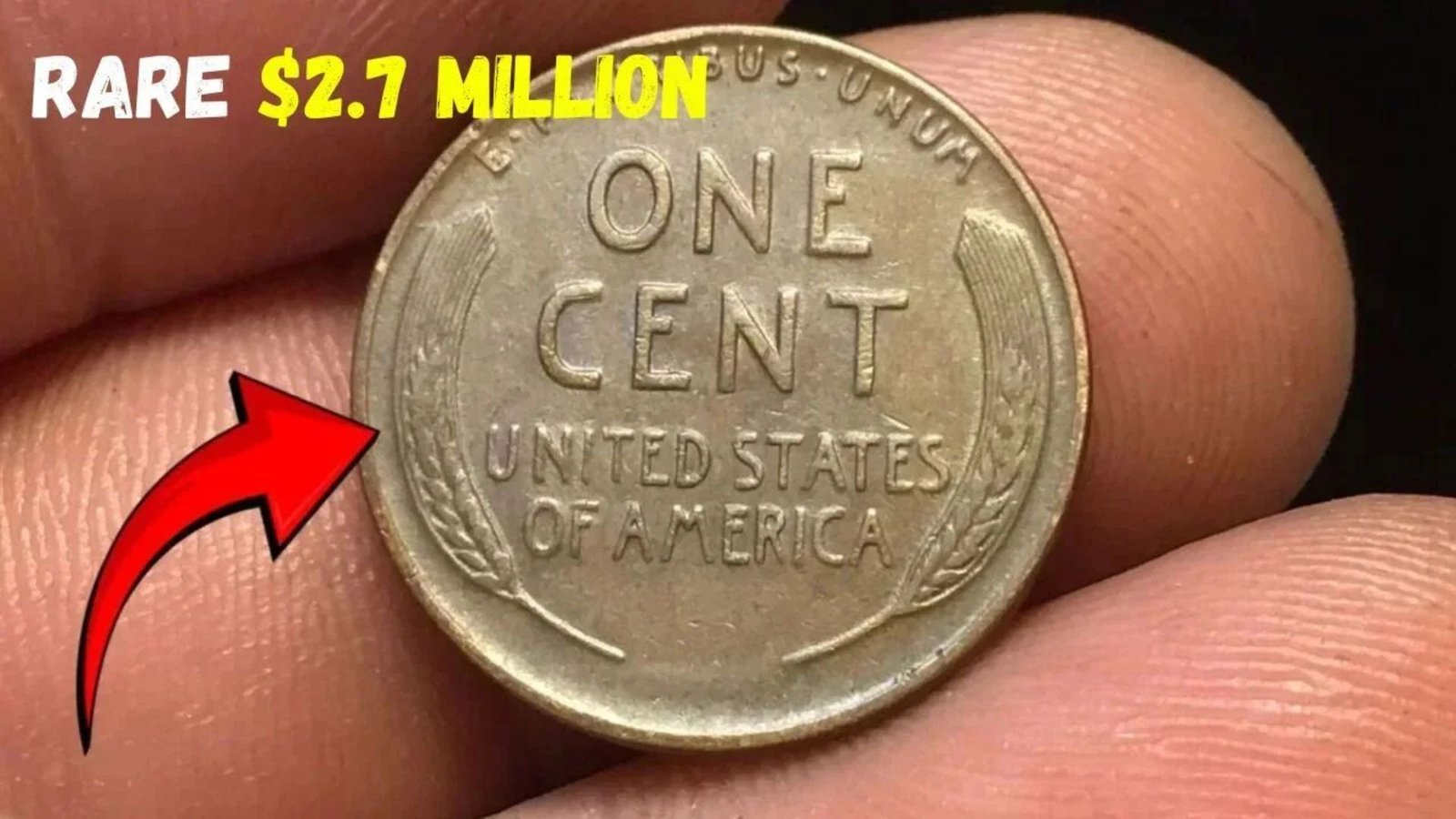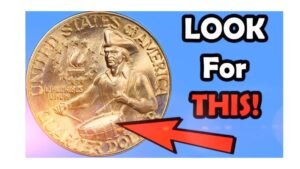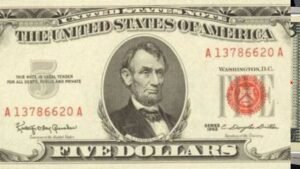Have you ever checked your spare change for something special? Imagine finding a penny worth millions! The Lincoln Wheat Penny, a small coin from 1909 to 1958, has some rare versions that could make you rich. One of these, the 1943 Bronze Penny, is so valuable it might be worth up to $2.7 million! This article will explain why this penny is so special, how to spot it, and why it’s exciting for collectors and everyday people. Let’s dive into the world of rare coins and see if you’re holding a treasure!
What Is the Lincoln Wheat Penny?
The Lincoln Wheat Penny is a famous U.S. coin minted from 1909 to 1958. It was created to honor Abraham Lincoln’s 100th birthday. Designed by Victor David Brenner, it shows Lincoln’s face on the front (called the obverse) and two wheat stalks on the back (called the reverse), which is why it’s nicknamed the “Wheat Penny.” While most of these pennies are worth just a few cents, some rare ones are like hidden gold.
Why Is the 1943 Bronze Penny So Valuable?
During World War II, copper was needed for the war, so most 1943 pennies were made of steel coated with zinc. But a few were accidentally made with bronze, a mix of copper and tin. These “error coins” are super rare, with only about 20 known to exist. One sold for $1.7 million in 2010, and experts say a top-quality one could be worth $2.7 million today.
Other Rare Lincoln Wheat Pennies to Look For
Besides the 1943 Bronze Penny, other Wheat Pennies are also valuable. Here’s a quick list of key ones:
| Year | Details | Estimated Value |
|---|---|---|
| 1909-S VDB | First year, San Francisco mint, designer’s initials | $100,000–$258,000 |
| 1914-D | Rare Denver mint coin | Up to $150,000 |
| 1955 Doubled Die | Error with doubled text and date | $50,000–$100,000 |
| 1943 Bronze | Rare bronze error, non-magnetic | Up to $2.7 million |
How to Spot a Rare Lincoln Wheat Penny
Finding a valuable penny takes a sharp eye. Here’s how to check your coins:
1. Look at the Date and Mint Mark
Check the year on the penny. Key dates like 1909, 1914, 1943, or 1955 are a good start. Also, look for a mint mark under the date: “S” for San Francisco, “D” for Denver, or no mark for Philadelphia. For example, the 1909-S VDB penny is rare because it was the first year and has the designer’s initials.
2. Check for Errors
Some pennies have mistakes, like the 1955 Doubled Die, where the date and words like “LIBERTY” look doubled. Use a magnifying glass to spot this. The 1943 Bronze Penny is another error—test it with a magnet. If it doesn’t stick, it might be the rare bronze version, not steel.
3. Weigh the Coin
A 1943 Bronze Penny weighs about 3.11 grams, while steel ones weigh 2.7 grams. Use a small scale to check. This can help you spot the rare bronze version.
4. Check the Condition
Coins in great shape (called “mint state”) are worth more. Look for clear details, like Lincoln’s face or the wheat stalks. Don’t clean the coin—dirt or scratches can lower its value.
Where to Find These Rare Pennies
You don’t need to be a collector to find a valuable penny. Here are some places to look:
- Pocket Change: Check coins from stores or vending machines.
- Coin Rolls: Buy rolls of pennies from banks and search through them.
- Old Collections: Look in jars, piggy banks, or family heirlooms.
- Estate Sales or Flea Markets: Old coin stashes often hide treasures.
Why Collectors Love Lincoln Wheat Pennies
These pennies aren’t just about money—they tell a story. Minted during events like the Great Depression and World War II, they’re pieces of history. The 1943 Bronze Penny, for example, is tied to the war effort when copper was scarce. Finding one feels like uncovering a secret from the past. Plus, the thrill of the hunt makes coin collecting fun for all ages
Tips for Keeping Your Coins Safe
If you think you’ve found a rare penny, handle it carefully:
- Hold by the Edges: Avoid touching the front or back to keep oils off the coin.
- Use Protective Holders: Store coins in sleeves or cases.
- Don’t Clean Them: Cleaning can damage the coin and lower its value.
- Get It Checked: Take it to a professional grading service like PCGS or NGC to confirm its authenticity.
Conclusion
The Lincoln Wheat Penny is more than just a coin—it’s a piece of American history that could be worth a fortune. With rare versions like the 1943 Bronze Penny valued at up to $2.7 million, checking your spare change could lead to a life-changing discovery. Look for key dates, mint marks, and errors, and handle potential finds with care. Whether you’re a collector or just curious, the hunt for a rare penny is an exciting adventure. So, grab a magnifying glass, check your coins, and see if you’re holding a hidden treasure!
FAQs
What makes the 1943 Bronze Penny so rare?
The 1943 Bronze Penny is rare because most 1943 pennies were made of steel to save copper during World War II. A few were accidentally made with bronze, and only about 20 are known to exist.
How can I tell if my penny is valuable?
Check the date, mint mark, and look for errors like doubled text. Use a magnet to test 1943 pennies—bronze ones don’t stick. Weigh the coin and check its condition. Get it verified by a grading service like PCGS or NGC.
Where can I find rare Lincoln Wheat Pennies?
Look in pocket change, bank rolls, old coin jars, or at estate sales and flea markets. Rare pennies can still be in circulation or hidden in old collections.
Can I clean my penny to make it worth more?
No, cleaning a coin can damage it and lower its value. Handle it by the edges and store it in a protective holder.
What other Lincoln Wheat Pennies are valuable?
Besides the 1943 Bronze Penny, look for the 1909-S VDB, 1914-D, and 1955 Doubled Die pennies. Their value depends on rarity and condition.




